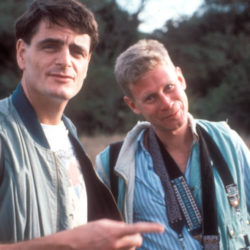
Wildlife Week: Innovation and courage in the fight against wildlife crime
A brief history of EIA's illegal wildlife trade investigations, from elephants and tigers through to pangolins



A brief history of EIA's illegal wildlife trade investigations, from elephants and tigers through to pangolins
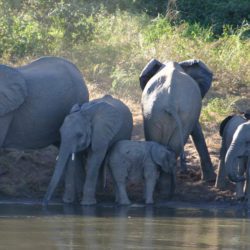
When the Ivory Act 2018 passed into UK law on 20 December 2018 it was a success for all those who had pushed for the new law for many years – conservation NGOs, African governments, wildlife rangers on the front line of the fight against poaching (sometimes paying the ultimate price), influential politicians in all parties and, crucially, the public..
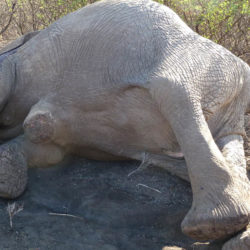
We have come a long way in working towards a better future for elephants – let’s not turn back the clock now by letting the ivory trade regain a foothold..
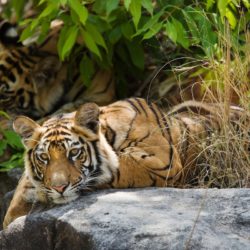
With fewer than 4,000 wild tigers remaining across Asia and approximately 30,000 rhinos in Asia and Africa, government leaders must do everything possible to end poaching and trafficking.
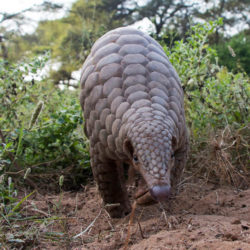
In the struggle against the extermination of species at the hands of illegal trade and human exploitation, no potential weapon or tactic should be beneath initial consideration. As well as coherent and effective transnational law enforcement, it’s also vital to change the attitudes of potential poachers and consumers
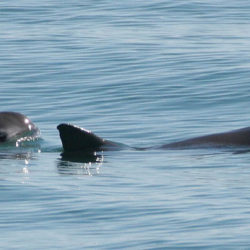
The vaquita, with fewer than 30 of the tiny porpoises left alive – plummeting from 600 in less than two decades – is the most endangered animal on the planet. Found only in Mexico’s Upper Gulf of California, the vaquita’s survival depends on the urgent removal of all illegal gillnets from their marine habitat